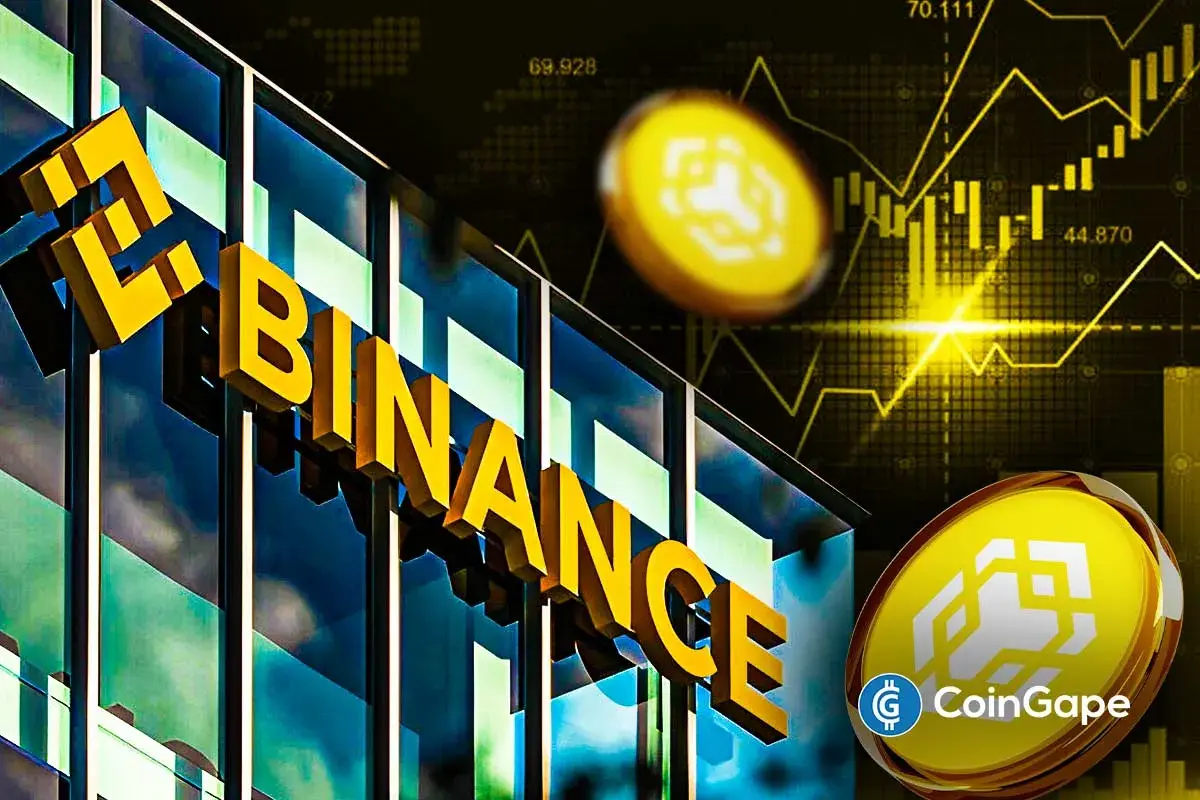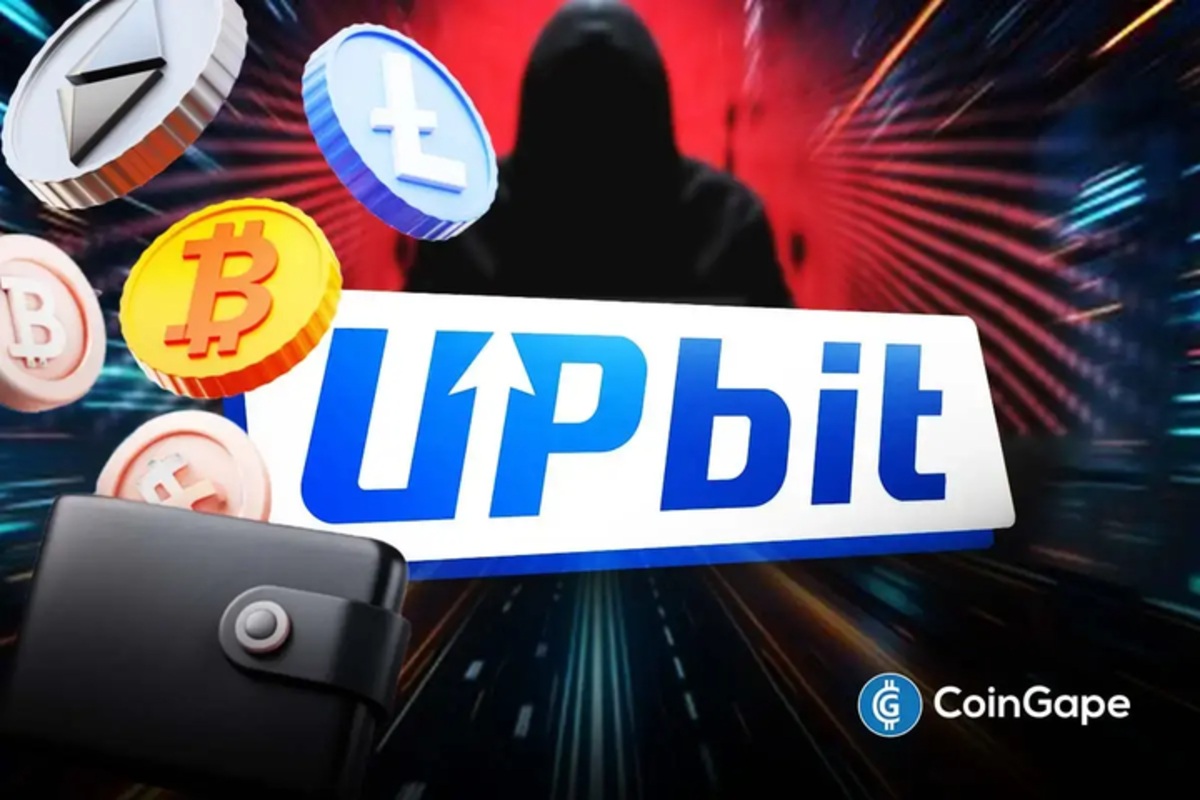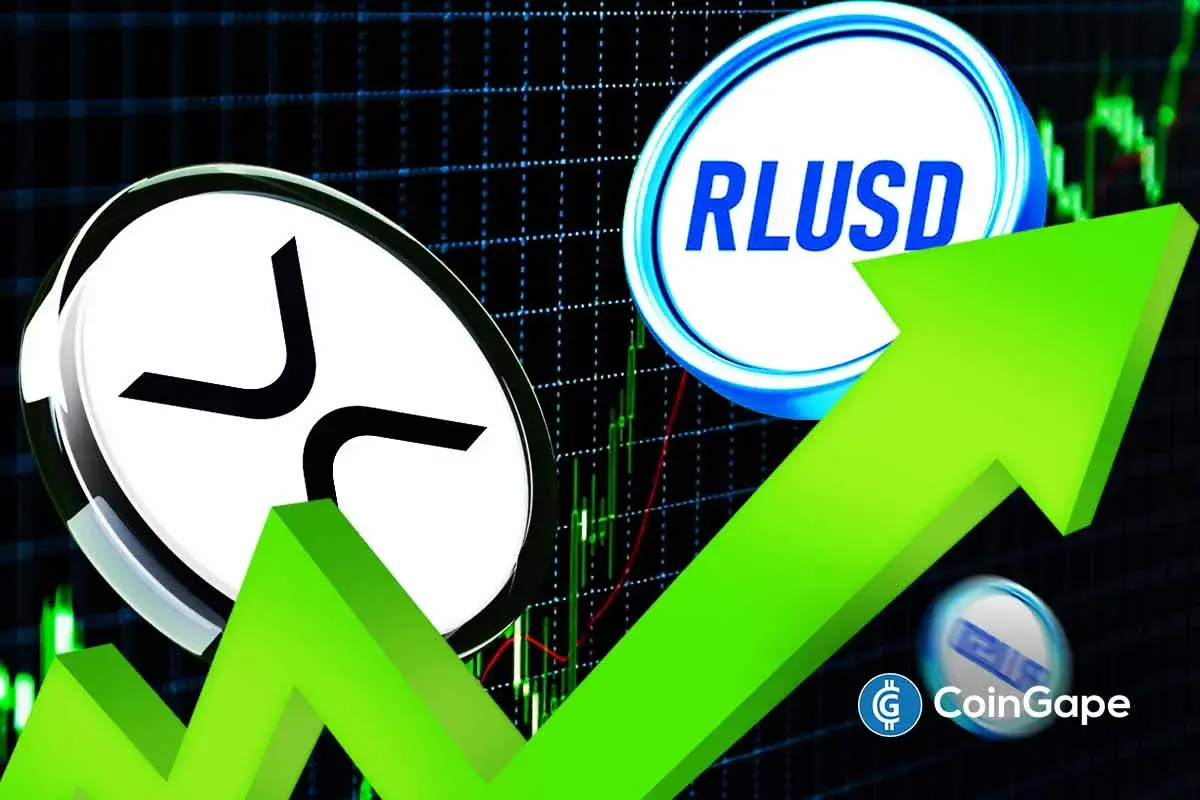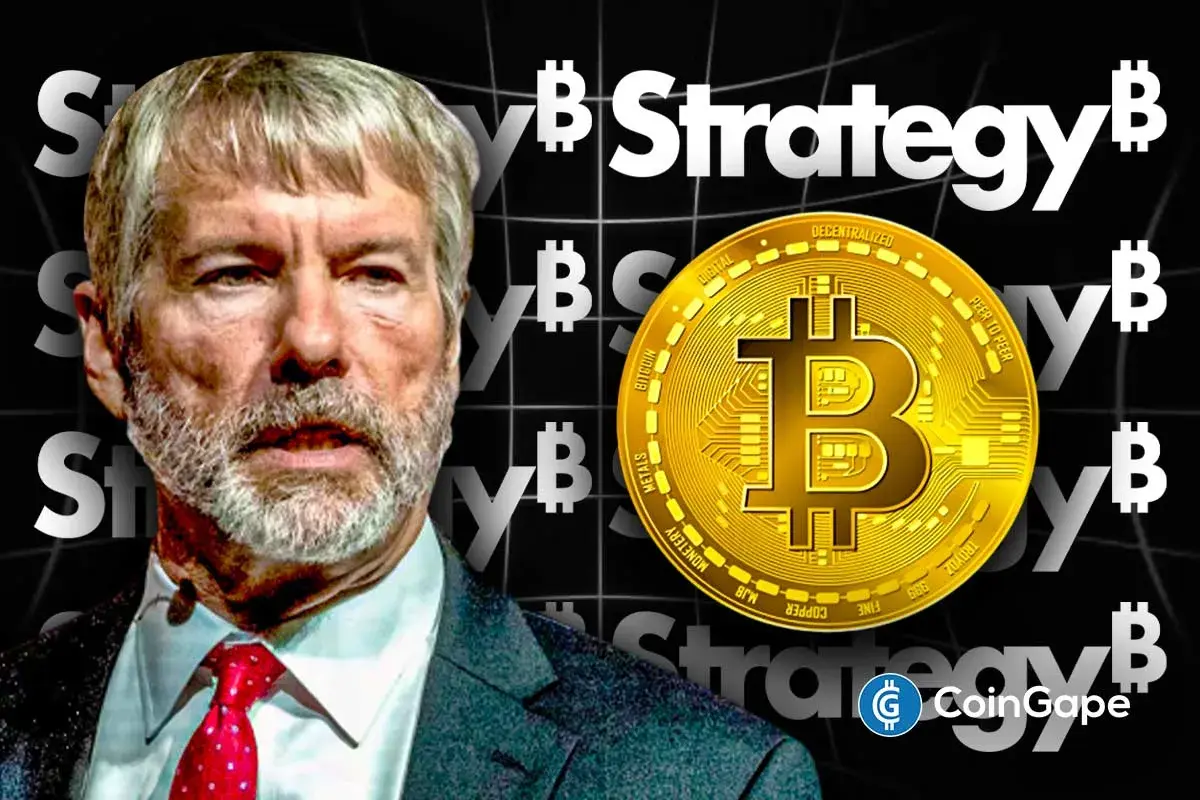Ethereum Developer Reveals Why A Chain Rollback Isn’t Feasible: Details

Highlights
- Tim Beiko has revealed why rolling Ethereum chain back is impossible
- The network's complexity and transfers by the Lazarus Group makes it less feasible
- Pectra upgrade is also coming and might make it more difficult
Tim Beiko, an Ethereum Foundation lead developer, has broken the silence on the proposed plan to rollback the ETH network. In what he categorized as the ELI5 explainer to non-technical community members, Beiko explained why a rollback is impossible.
Historical Trend Behind Chain Rollback
The conversations around potential Ethereum rollback followed the $1.4 billion Bybit hack. With over 401,000 ETH siphoned on-chain, top industry leaders are now advocating for a chain halt to reverse the transactions.
According to Tim Beiko on X, the rollback trend is not a new trend. He returned to memory lane, noting that they started with Bitcoin in 2010. At the time, a client software minted 184 billion Bitcoins in block 74638. At the time, it was easy for Satoshi Nakamoto to deploy a software patch to address the bug.
Also, TheDAO, an Ethereum protocol, suffered a hack in which bad actors siphoned approximately 15% of all ETH it had in custody. Luckily, at the time, there was a fail-safe system where funds withdrawn were frozen for 30 days before access was granted. This allowed the Ethereum developers to rollback the chain, creating a new chain.
Tim Beiko noted that the updated chain at the time became Ethereum, while the old chain remained Ethereum Classic.
Why is Ethereum Rollback Impossible?
In justifying why it is impossible to reverse the transactions on the Ethereum Block that led to the hack, Beiko pointed out the complexity of the current ETH chain. Unlike Bitcoin in 2010, which had limited adoption and a price of $0.07, Ethereum powers real-world economic transactions.
The researcher said attempting to roll back the transaction will significantly affect the ecosystem. In addition, he noted that the Lazarus Group behind the hack had moved the Ethereum funds, aligning with earlier reports.
Unlike TheDAO, Beiko pointed out the complications in rolling back these transactions. Lastly, he identified the opposition to the rollback of Ethereum in 2018 in a situation related to Parity’s multisig wallet. Despite the over 500,000 Ethereum involved in the case, developers within the ecosystem did not agree to the move.
The Ethereum Pectra Upgrade Challenge
While Tim Beiko did not highlight this, the protocol is expecting the Pectra upgrade to launch in April. This upgrade, which has been under development for over a year, is set to enter the testing phase in the coming week.
Some experts are concerned that the chain rollback plans may also impact the Pectra upgrade. The Ethereum network roadmap is on track; however, industry backlash on the siphoned funds has yet to be resolved.
- Harvard University Stacking More Bitcoin Over Gold, Bitwise CIO Matt Hougan Reveals
- Coinbase Returns to India After 2-Year Exit, Plans 2026 Launch of Fiat Services
- Binance Sets Foothold in Abu Dhabi with ADGM Global License, BNB Bounces
- Upbit Hack: Team Freezes $1.77M in Stolen Assets Amid Ongoing Investigation
- Crypto Lawyer Bill Morgan Praises Ripple’s Multi-Chain Strategy as RLUSD Hits $1.1B
- Ethereum Price Holds $3,000 as Bitmine Scoops Up $199M in ETH; What Next?
- Solana Price Outlook Strengthens as Spot ETFs See $15.68M in Fresh Inflows
- Dogecoin Price Gears Up for a $0.20 Breakout as Inverse H&S Takes Shape
- Bitcoin Price Forecast as BlackRock Sends $125M in BTC to Coinbase — Is a Crash Inevitable?
- XRP Price Prediction As Spot ETF Inflows Near $1 Billion: What’s Next?
- Solana Price Outlook: Reversal at Key Support Could Lead to $150 Target

















